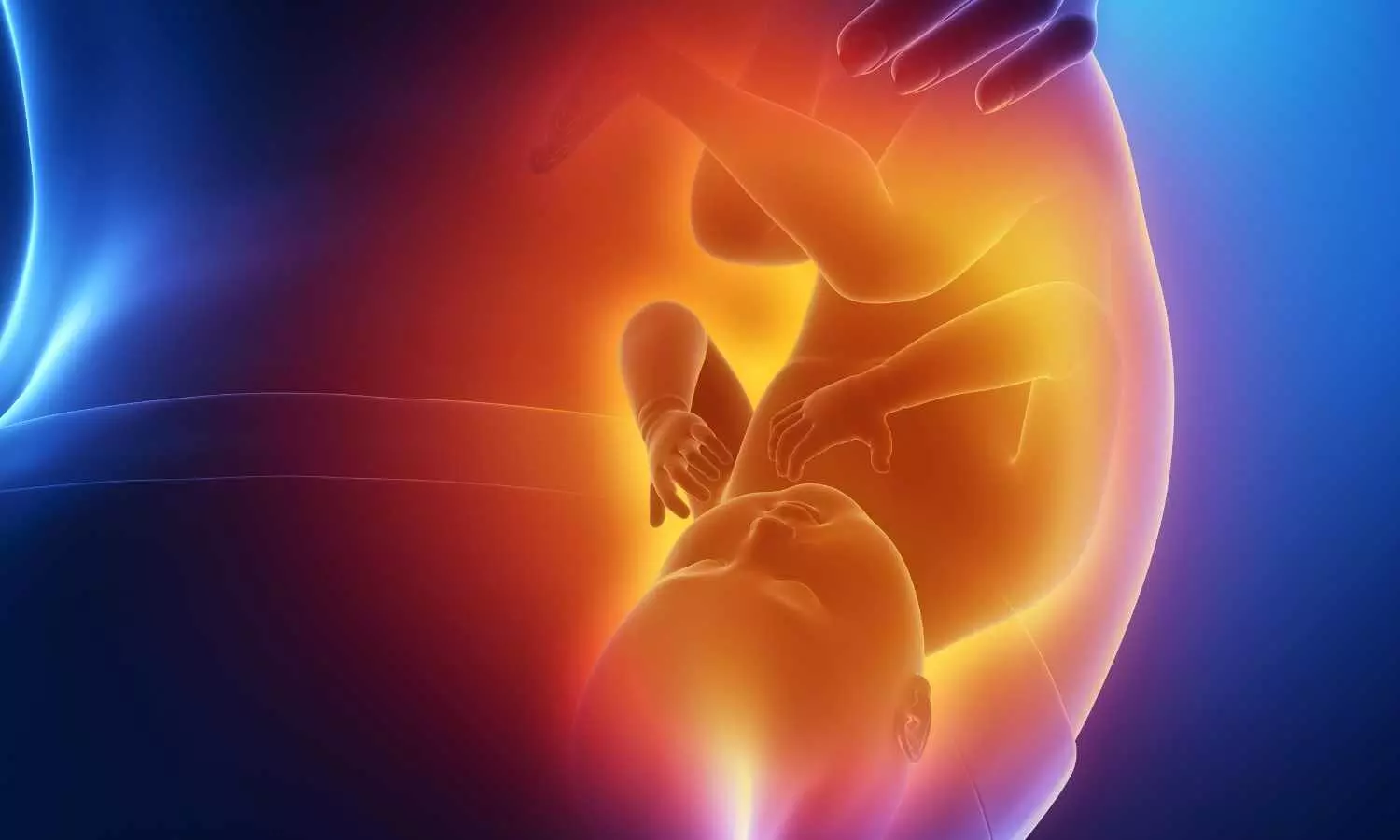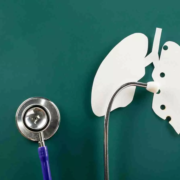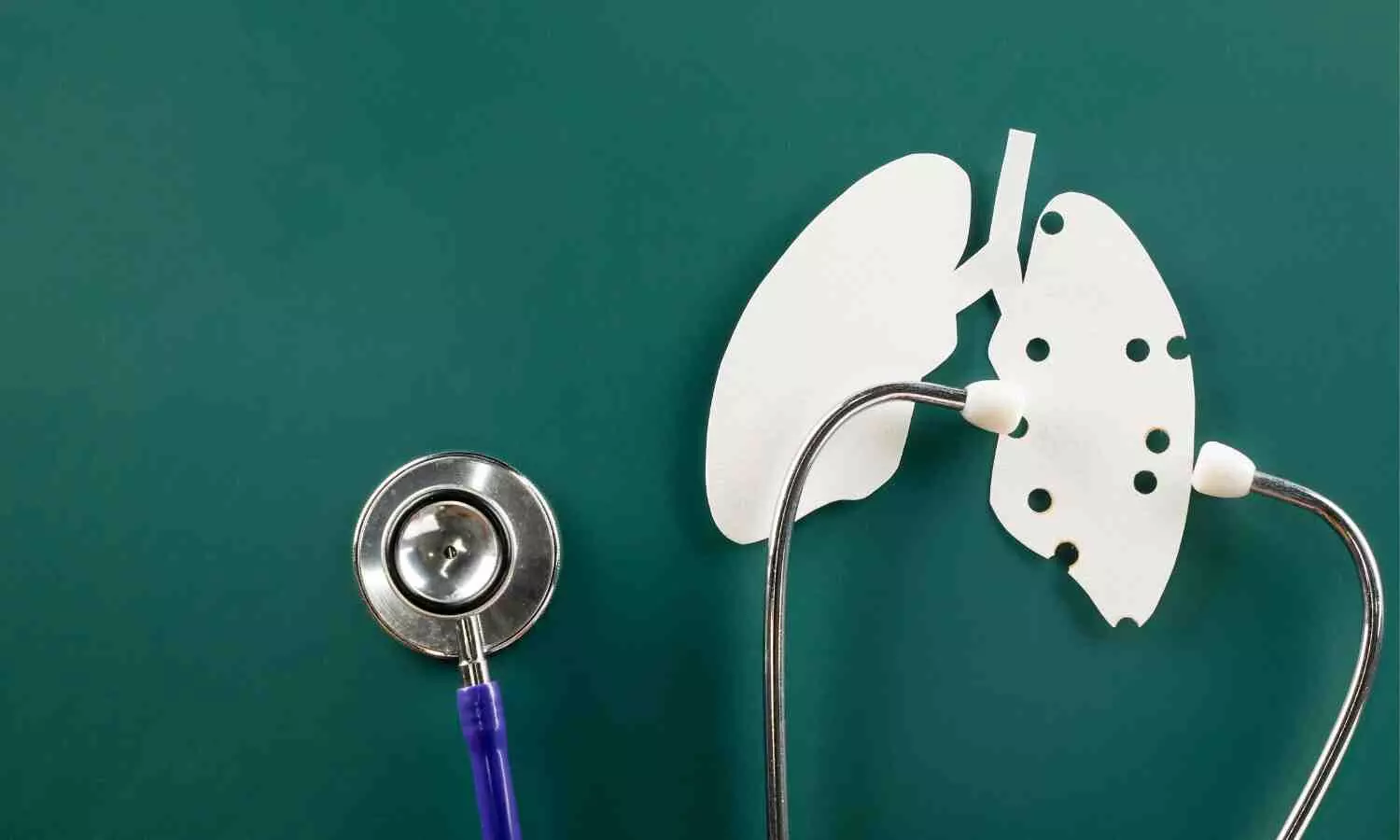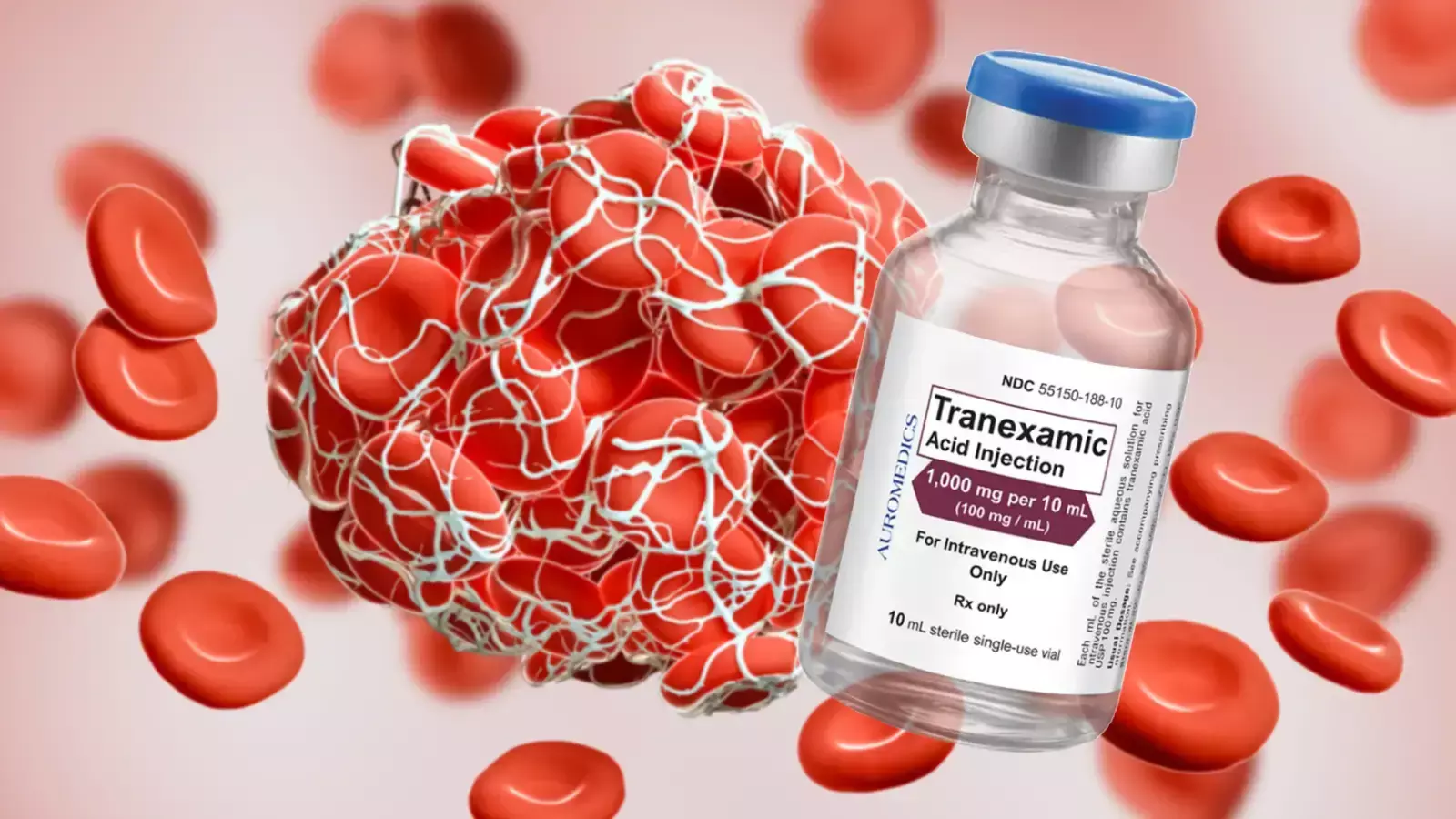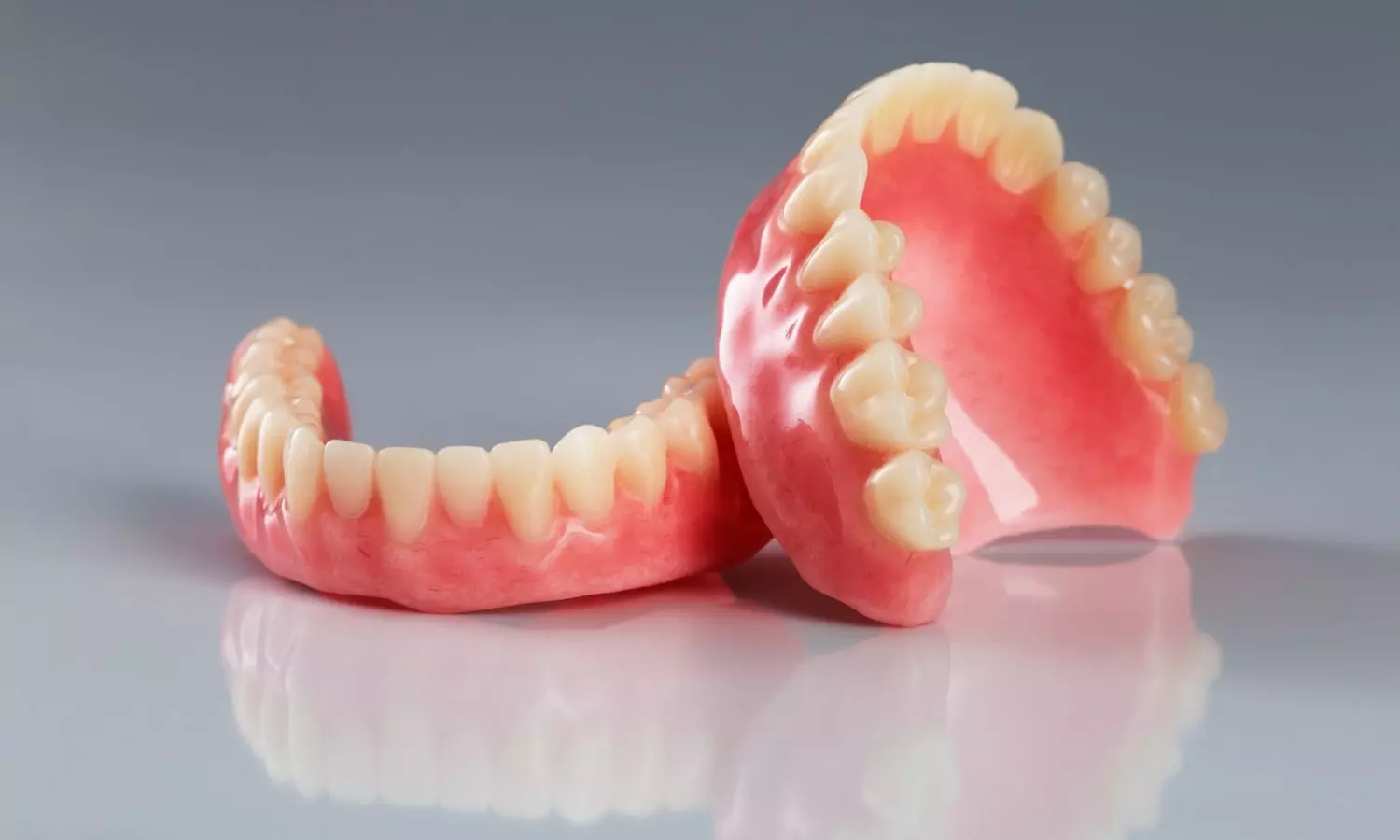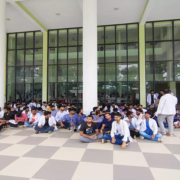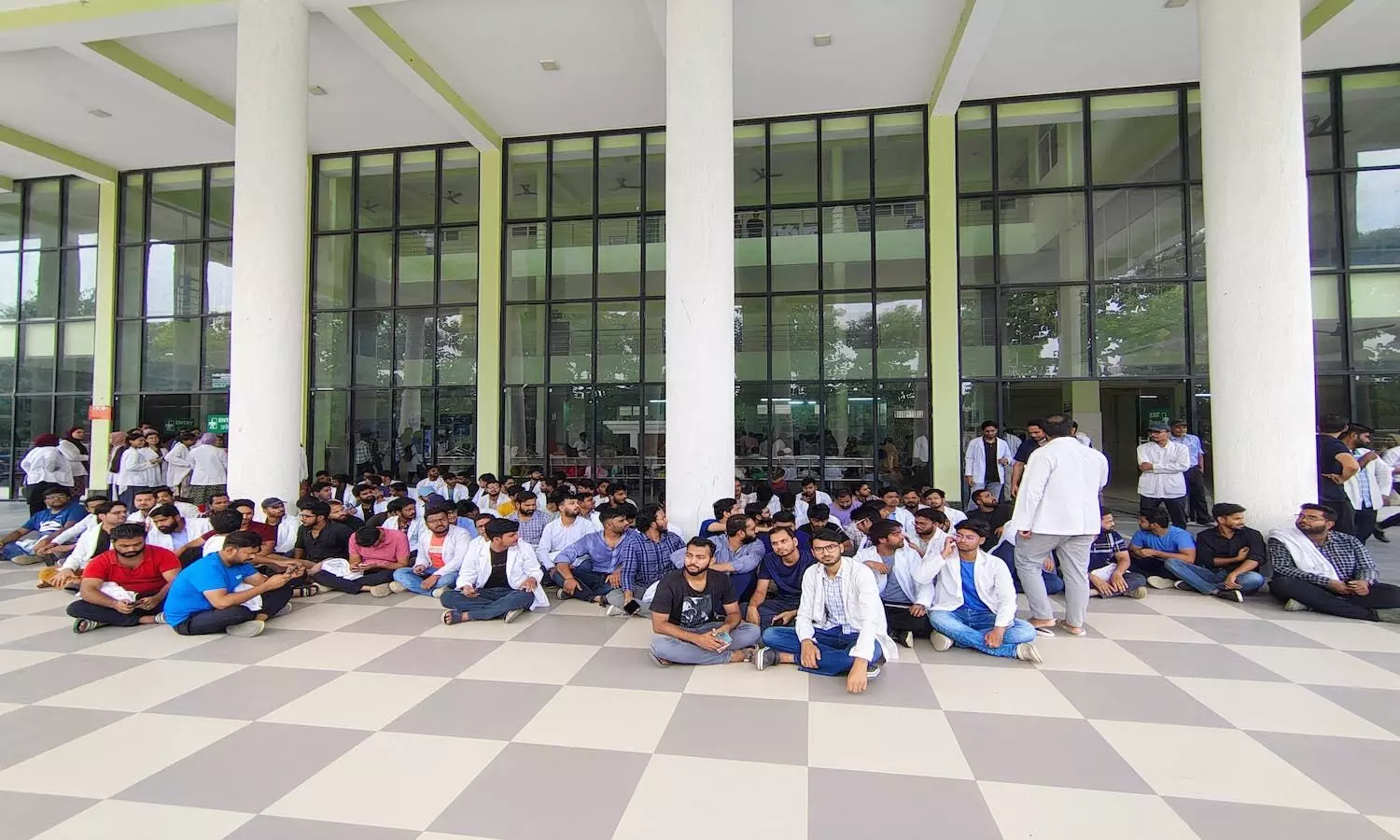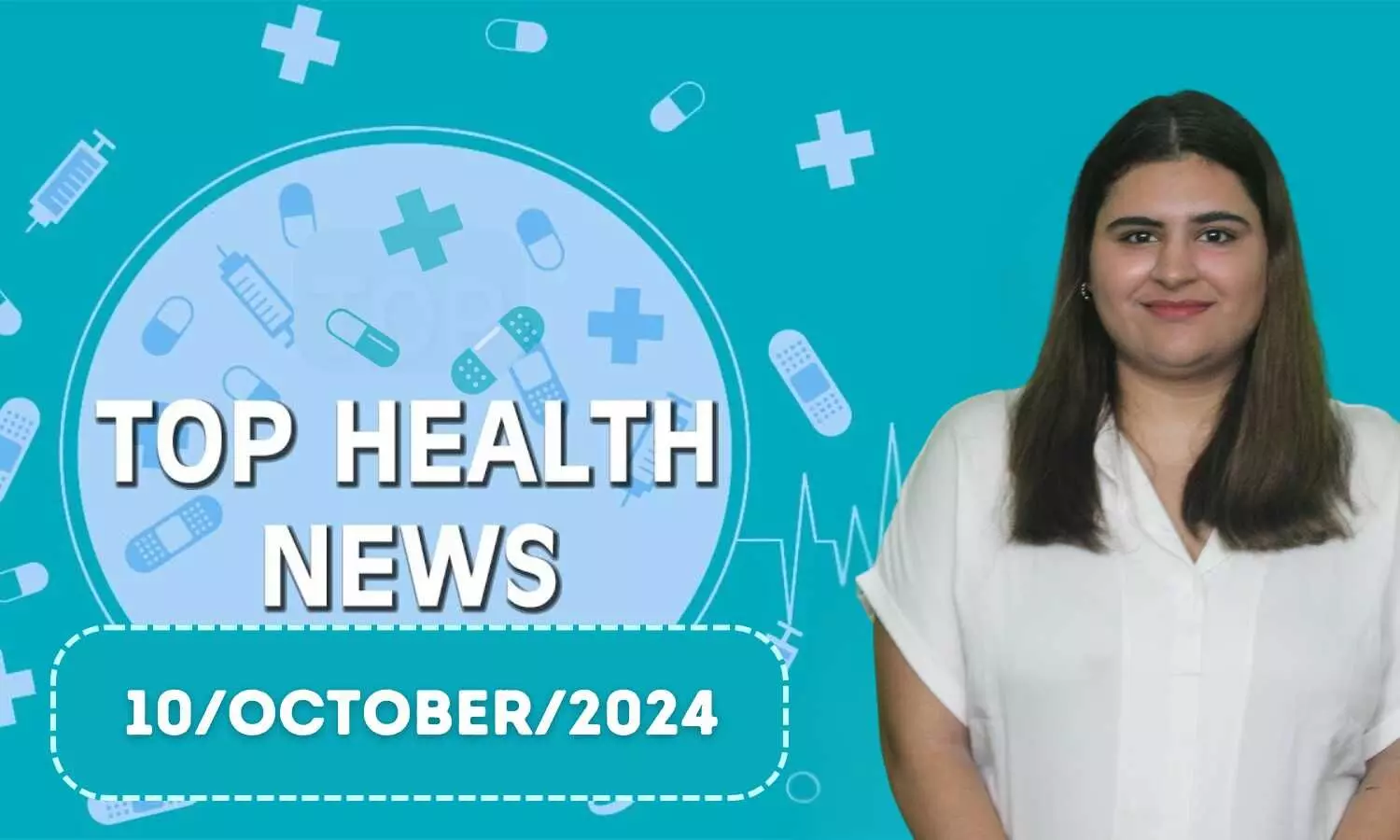Yoga and Meditation Boosts Quality of Life for Hemodialysis Patients: Study Reveals

India: Recent research highlights the significant benefits of yoga and meditation in improving the quality of life (QoL) for patients undergoing hemodialysis. The study, published in the Indian Journal of Nephrology, emphasizes the positive effects of specific practices such as breathwork, pranayama, and various forms of mindful meditation on multiple dimensions of QoL among individuals facing chronic illnesses.
The increasing prevalence of chronic kidney disease presents significant challenges for both healthcare systems and the economy. For patients facing kidney failure, hemodialysis becomes the only option until a suitable donor is found, which notably affects their overall quality of life.
Patients receiving hemodialysis often experience a range of physical and emotional difficulties, including fatigue, anxiety, and depression. Traditional treatments have primarily focused on medical interventions, but complementary practices like yoga and meditation are gaining recognition for their potential to improve overall well-being.
Against the above background, Arpitaben Jashbhai Parekh and Anita Prakasam from Sumandeep Vidyapeeth Deemed to be University in Vadodara, Gujarat, India, aimed to assess the impact of yoga and meditation on the quality of life of patients undergoing hemodialysis.
For this purpose, the researchers conducted an experimental study using a one-group pretest-posttest design involving 100 participants at Muljibhai Patel Urology Hospital in Nadiad. Pretests were administered on the first day, followed by a 12-week program of yoga and meditation, after which a post-test was conducted. Data analysis was performed using SPSS-20 software, utilizing descriptive and inferential statistics.
The study population was predominantly male (75%) and included individuals aged 49 or older (55%). Most participants identified as Hindu (55%), were married (70%), and lived in joint families (76%). A significant portion had completed primary-secondary education (45%), and 44% were employed. Family income showed that 34% earned over Rs. 30,000 per month, with a nearly equal representation from rural (52%) and urban (48%) areas. Many participants had been ill for over three years (39%) and underwent three hemodialysis sessions weekly (93%).
Based on the study, the researchers revealed the following findings:
- The intervention resulted in significant improvements in quality of life (QoL).
- Participants showed notable mean differences across various domains: general health improved by 5.4, physical health by 14.3, psychological health by 14.2, social relationships by 7.5, and environmental health by 6.1.
- The QoL scores increased dramatically from a pre-test mean of 51.57 to a post-test mean of 109.4, yielding a mean difference of 57.760.
- The ‘t’ test value was 65.070, with a p-value of less than 0.0001, indicating highly significant results.
In conclusion, the authors highlight the beneficial effects of yoga and meditation on various aspects of quality of life (QoL) for individuals with chronic illnesses undergoing hemodialysis.
Techniques such as pranayama, anulom vilom (alternate nostril meditation), bhramari, kapalbhati, and mindful meditation—including mindful eating and drinking—have shown significant positive impacts. They emphasize the importance of implementing targeted, long-term interventions tailored to the specific needs of hemodialysis patients to further enhance their QoL across different domains.
Reference:
Parekh AJ, Prakasam A. Effectiveness of Yoga and Meditation on Quality of Life Among Patients Undergoing Hemodialysis. Indian J Nephrol. 2024;34:533-6. doi: 10.25259/IJN_98_2024
Powered by WPeMatico



